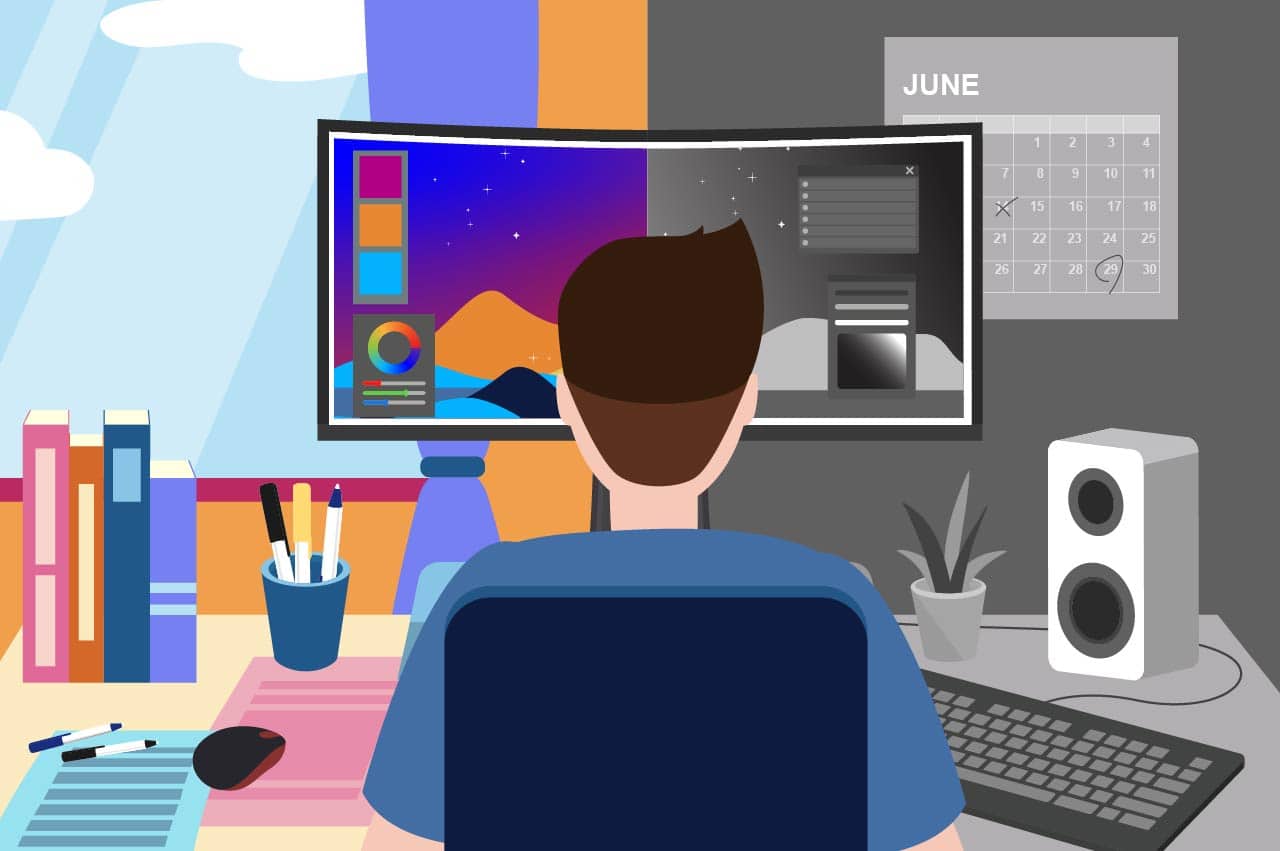Conclusions #
Conclusions #
Image processing technology has revolutionized the way we view and interact with digital media. Libraries such as p5.js provide developers with powerful tools to manipulate images and graphics, allowing for creative and interactive applications. One area where image processing technology can make a significant impact is in improving accessibility for people with visual impairments or color blindness.
Recoloring an image is a useful tool for improving image accessibility, as it can help users distinguish between different elements in an image. With the p5.js library, recoloring an image is a straightforward process. The library provides a range of color manipulation tools that allow developers to change the hue, saturation, and brightness of an image with ease. In addition to general recoloring, it is essential to consider specific color palettes that are designed for people with visual impairments. The IBM, Wong, and Tol palettes are specifically designed to improve accessibility for people with vision problems. These palettes use colors that are more easily distinguishable by people with color blindness, allowing them to better comprehend the image.

While color palettes can be helpful in improving accessibility, it’s important to note that different types of visual impairments have different limitations. Therefore, color palette changes cannot guarantee that all colors in an image can be distinguished by people with visual impairments. Nevertheless, recoloring an image is still a valuable tool in improving accessibility and aiding in the comprehension of an image. Moreover, the palette generator tool is a helpful resource for graphic and product designers. It can generate color palettes from an image and analyze the color distribution in an image, making it easier to create visually appealing and harmonious color combinations for designs.
Color tracking is another useful tool in image processing technology. It can be used to detect specific colors in an image or video and take appropriate actions based on that information. For example, color tracking can be used in augmented reality applications to track objects and superimpose digital content onto the real world.
Image and graphics processing technology has enormous potential to improve people’s lives in various ways. The ability to recolor images and use specific color palettes can make images more accessible to people with visual impairments or color blindness. Additionally, color tracking can be used in applications that require real-time object tracking.

Future Work #
Firstly, there is a need for further development and refinement of color manipulation tools for people with visual impairments. While existing color palette libraries have been designed specifically for this purpose, there is still room for improvement in terms of their effectiveness and ease of use. Additionally, the development of new tools that can automatically adjust color schemes based on individual user preferences could further improve accessibility.
Secondly, there is a growing need for real-time color tracking and object recognition capabilities in a variety of applications, from augmented reality to robotics. Improvements in these areas could lead to new opportunities for innovation and automation in fields such as manufacturing, logistics, and healthcare.
Thirdly, there is potential for the development of new image processing techniques that can automatically generate more visually appealing and harmonious color schemes for designers and artists. This could involve the use of machine learning algorithms to analyze existing color schemes and generate new ones, or the development of tools that can automatically adjust color schemes to match a particular design style or aesthetic.
Finally, there is a need for further research into the ethical implications of image and graphics processing technology. As these tools become more advanced and ubiquitous, it is important to consider their potential impact on issues such as privacy, security, and social justice.
In conclusion, while there have been many advancements in image and graphics processing technology, there is still a lot of work to be done in terms of improving accessibility, real-time tracking, automated color scheme generation, and ethical considerations. Future developments in these areas could have a significant impact on a variety of industries and individuals, and should be a priority for researchers and developers.